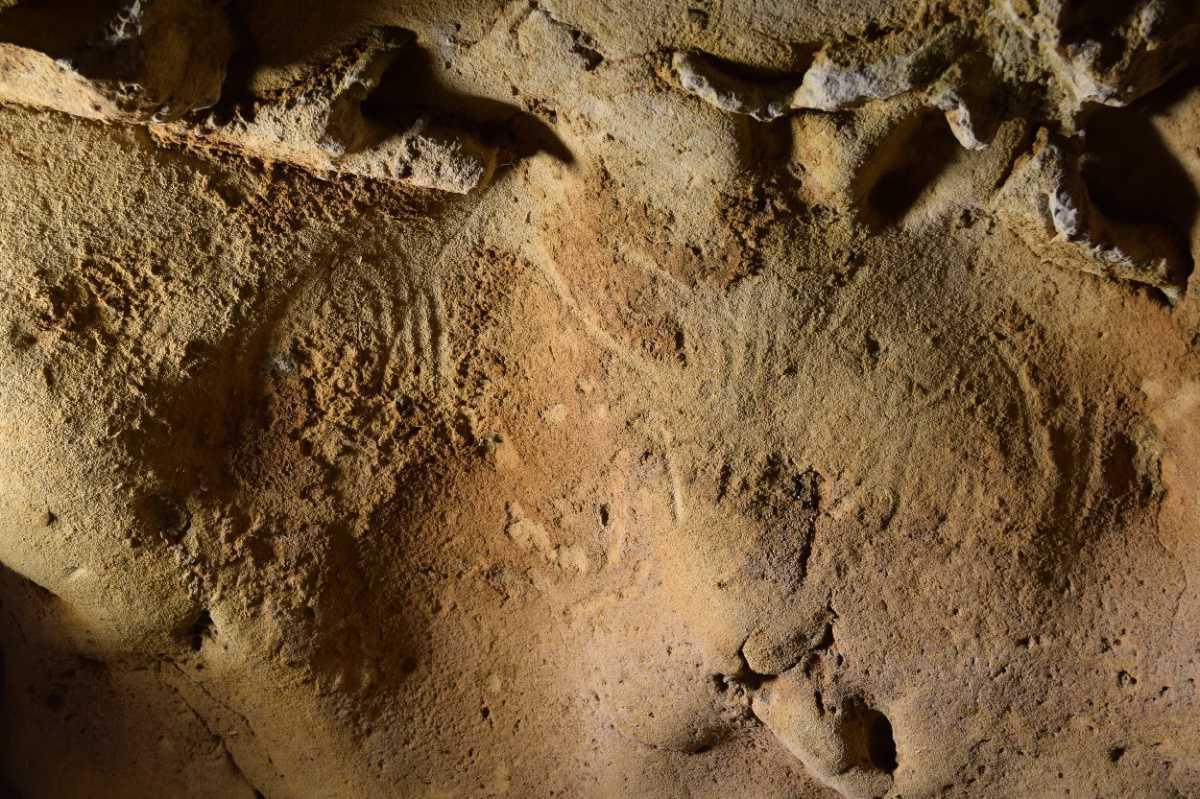A study published in the open-access journal PLOS ONE has provided evidence to date the age and origin of engravings discovered on a cave wall in France.
Conducted by a team of researchers led by Jean-Claude Marquet from the University of Tours, France, the study confirms that these engravings were undeniably crafted by Neanderthals, making them the oldest known examples of such artistic expressions attributed to this ancient human species.
Advancements in scientific research in recent years have provided valuable insights into the intricate cultural world of Neanderthals. However, the realm of symbolic and artistic expression remains largely unexplored.
While only a small number of symbolic artifacts have been associated with Neanderthals, their meanings and significance continue to be subjects of ongoing scholarly discussions. Addressing this knowledge gap, Marquet and colleagues have made a significant breakthrough in their study, unveiling ancient engravings found on a cave wall in France as the earliest known manifestations of artistic expression by Neanderthals.
The cave, known as La Roche-Cotard, in the Centre-Val de Loire of France, contains a series of non-figurative markings on the wall that are interpreted as finger-flutings (marks made by human hands).
The researchers made a plotting analysis and used photogrammetry to create 3D models of these markings, comparing them with known and experimental human markings. Based on the shape, spacing, and arrangement of these engravings, the team concluded that they are deliberate, organized and intentional shapes created by human hands.
To establish a comprehensive understanding of the cave's history, the research team went beyond the artistic aspects and conducted optically-stimulated luminescence dating on cave sediments.
The results unveiled a significant event occurring approximately 57,000 years ago when the cave was effectively sealed off by sediment accumulation, predating the establishment of Homo sapiens in the region.
This temporal context, coupled with the exclusive presence of Mousterian stone tools within the cave—technology closely associated with Neanderthals—constitutes robust evidence firmly establishing the Neanderthals as the creators behind these engravings.
The presence of enigmatic non-figurative symbols within La Roche-Cotard cave presents a captivating mystery regarding their intended meaning. However, their temporal correlation with cave engravings produced by Homo sapiens in various global locales adds another layer of intrigue. This growing body of evidence points towards a rich tapestry of behaviors and activities exhibited by Neanderthals, underscoring their remarkable complexity and diversity, which parallels the creative endeavors witnessed in our own human ancestors.
Header Image Credit : Jean-Claude Marquet, CC-BY 4.0


